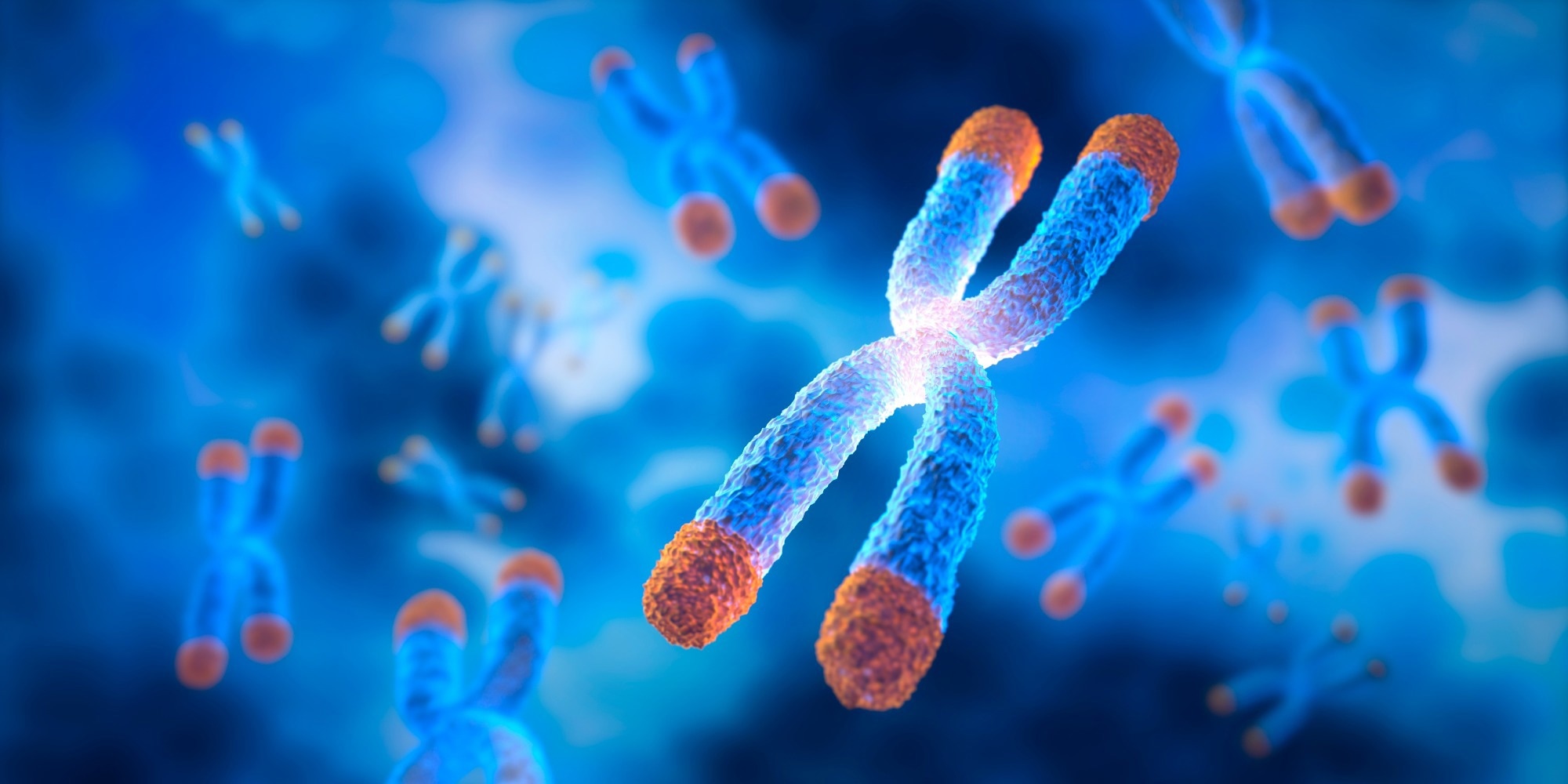Reviewed by Lauren HardakerJul 18 2025
According to a recent study, mitotic chromosomes are coated in a liquid-like coating that could enable them to bounce off one another like dodgem cars, preventing harm during cell division.
 Image credit: peterschreiber.media/Shutterstock.com
Image credit: peterschreiber.media/Shutterstock.com
Dr Daniel Booth and Professor Amanda Wright of the University of Nottingham, in collaboration with the Universities of Glasgow and Kent, investigated the coatings of mitotic chromosomes, the highly condensed and organized structures that DNA transforms into during cell division.
All chromosomes are covered with a poorly understood “coat” called the mitotic chromosome periphery (MCP). According to Dr. Booth's earlier research, Ki-67, a crucial cancer biomarker, organizes the entire coat. Chromosomes become sticky and cluster together when the coat is removed, which indicates that cells are occasionally too sick to cycle normally. This suggests that the MCP may possess unique biophysical characteristics that have not yet been identified.
Under the direction of PDRA Dr. Tania Mendonca, Team Booth's most recent investigation revealed an unexpected discovery: the coat is really liquid-like.
Chromosomes are expected to have fascinating biophysical features, but technological restrictions have made exploration challenging.
In this study, researchers used a new type of micro tweezers and analysis to collect individual chromosomes with either too much or too little coat. Using tweezers to pull on the chromosomes, which academics compare to an Italian baker stretching pizza dough, they discovered that the liquid-coat acts as a shock absorber, allowing chromosomes to bounce off each other, potentially contributing to DNA damage protection and preventing chromosomes from becoming too sticky.
The academics involved in this research further explained that chromosomes exhibit varying mechanical behaviors depending on the rate at which force is applied. At slower rates, they behave in a linear, elastic manner. However, at faster rates, they demonstrate non-linear, viscoelastic properties.
According to the researchers who conducted this study, the mechanical behaviors of chromosomes vary according to the force applied. They exhibit non-linear, viscoelastic characteristics at quicker rates and linear, elastic behavior at slower rates.
The chromosome periphery was first discovered nearly 150 years ago, but it remains by far the least understood chromosome compartment.
Dr. Daniel Booth, Research Fellow, Biodiscovery Institute, University of Nottingham
“Only in the last 10 years, since the discovery that Ki-67 is the chief organizer, have we and other labs, been able to study chromosome periphery biology. Our latest work provides the first direct evidence that the chromosome periphery can exist in a liquid-like state, affording mitotic chromosomes force-dampening properties, which we postulate contributes to functions protecting chromosomes against DNA damage and allowing chromosomes to slide or bounce off each other to allow normal cell division,” added Dr. Booth.
This discovery is a crucial step in understanding how chromosomes and cells split appropriately during mitosis, and how a liquid-like coat aids in this process.
The study further emphasizes the importance of the chromosome coating in ensuring chromosome stability and function throughout cell division. Understanding these mechanisms could provide insights into diseases such as cancer, which frequently disturb cell division processes.
In the future, the researchers plan to use the findings of this study to determine how chromosome bouncing, or lack thereof, could be involved in disease pathways.
Source:
Journal reference:
Mendonca, T., et al. (2025) The mitotic chromosome periphery modulates chromosome mechanics. Nature Communications. https://doi.org/10.1038/s41467-025-61755-5.